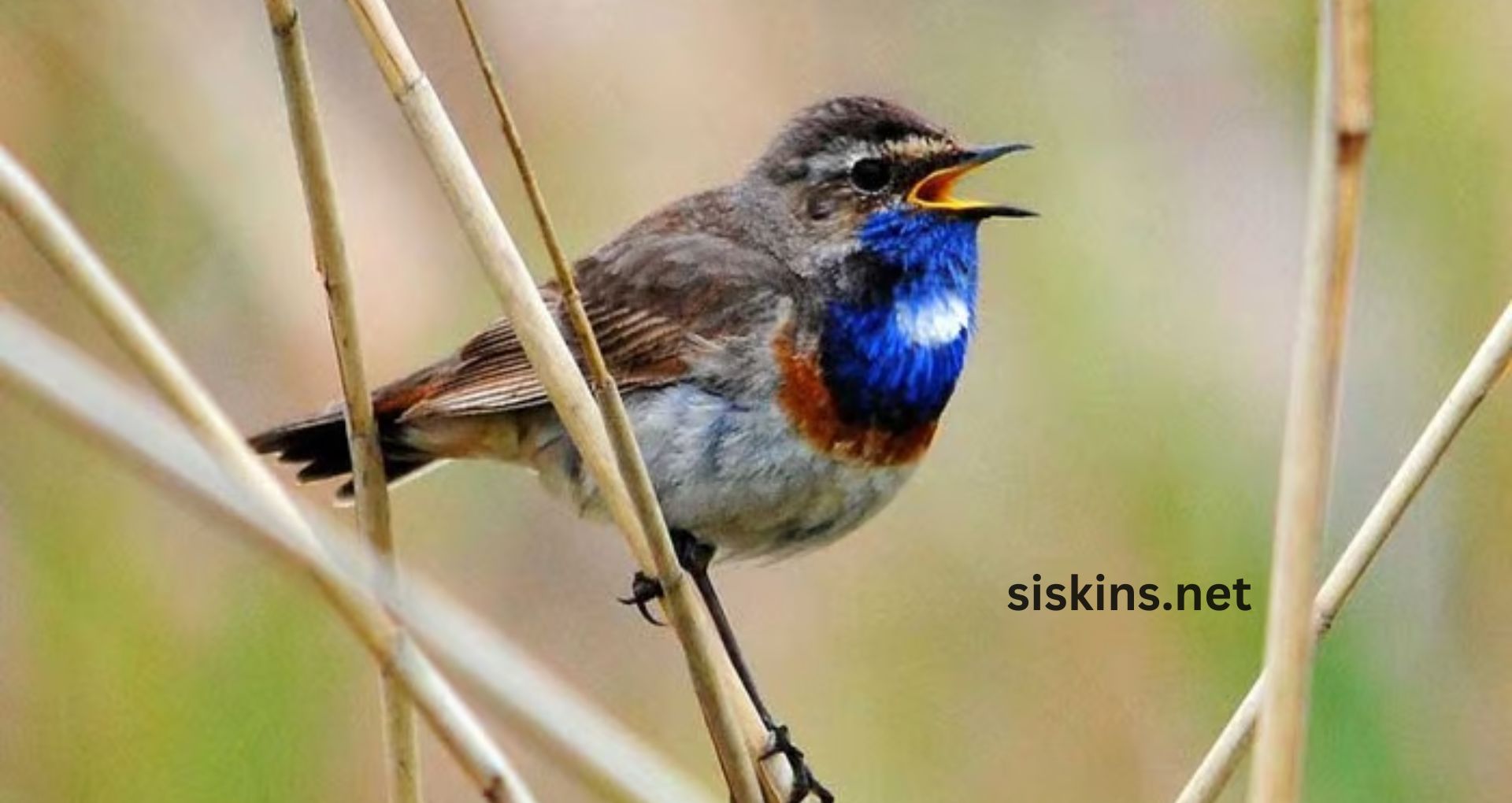When winter comes, many birds leave colder areas to head south, sometimes flying thousands of miles to find food and warmer places to live. This amazing journey, seen all over the world, isn’t just about survival; it’s also a seasonal rhythm that gives us great birdwatching opportunities. From cheerful songbirds to large waterfowl, winter migration shows just how resilient and clever birds can be.
Understanding Bird Migration

Bird migration is a well-organized movement that happens every year, and it involves a lot of natural signals and changes in the birds’ bodies. As winter approaches, birds in colder regions struggle to find food and deal with harsh weather. Migration helps them move to places where food is plentiful and temperatures are milder. Birds use various cues, like changing daylight, shifts in temperature, and hormonal changes, to decide when it’s time to migrate.
Types of Birds That Migrate in Winter
Many bird species travel south in winter, adding beauty to warmer places. In North America, you might spot snow geese, sandhill cranes, and dark-eyed juncos. In Europe, you can see redwings, fieldfares, and waxwings, while Asia hosts birds like the Siberian crane, mandarin duck, and black stork during the colder months.

Perky-Pet 334-1SR Squirrel-Be-Gone Max Large Wild Bird Feeder with Flexports
The Perky-Pet Squirrel-Be-Gone Max Bird Feeder features Flexports to deter squirrels while attracting birds, with a large capacity for outdoor feeding.
Songbirds
Some songbirds are among the first to start migrating as the weather gets cooler. Here are a few popular ones:
- Warblers: These colorful little birds head south in search of food and nesting spots.
- Thrushes: Known for their beautiful songs, thrushes like the hermit thrush can often be found in the Southern U.S. and Central America.
- Sparrows and Buntings: Small and sturdy, birds like the white-crowned sparrow and indigo bunting travel in flocks, bringing charm to gardens and parks.
Waterfowl and Wading Birds
Winter is a fantastic time to see migratory waterfowl in marshes, lakes, and coastal areas. Some common species include:
- Geese and Swans: Snow geese and tundra swans often migrate to warmer climates in the U.S. and Mexico.
- Ducks: Mallards, pintails, and teal are among the ducks that winter in warmer wetlands.
- Herons and Egrets: Great blue herons and snowy egrets move to southern coasts, making for great winter viewing.

Heated Bird Bath for Outdoors for Winter
This heated bird bath keeps water unfrozen in winter, providing birds with a reliable water source and enhancing your outdoor birdwatching experience.
Birds of Prey
Raptors like hawks, eagles, and falcons also migrate in winter, although they tend to travel alone. Some examples include:
- Red-tailed Hawks: These birds can migrate all the way to Central America and are commonly seen across the southern U.S.
- Bald Eagles: Some northern bald eagles head south in search of better hunting spots but can still be found near lakes and rivers.
- American Kestrel: This small falcon can be spotted in warmer regions of North America during winter.
Shorebirds and Seabirds
Shorebirds like sandpipers, plovers, and gulls often migrate from colder coasts to warmer beaches, providing unique birdwatching experiences. For instance, sandpipers and sanderlings migrate south to find warmer shores, while black-bellied plovers are commonly seen along the southern coastlines of North America.
Why Birds Migrate in Winter

Birds migrate in winter mainly to find food and a suitable climate. In colder areas, food sources like insects and seeds become scarce, making migration essential for their survival. Additionally, birds avoid harsh winter weather by seeking out warmer places where they can find the resources they need.
How Birds Navigate During Migration
Birds have incredible navigation skills that help them during migration. They rely on natural cues like the Earth’s magnetic field, the position of the sun, and familiar landmarks. Some recent studies even suggest that certain birds can detect the sun’s position to help them stay on course. These skills are often instinctual, allowing birds to return to the same wintering grounds year after year.

National Geographic Field Guide to the Birds of North America
The National Geographic Field Guide offers a comprehensive, visually-rich reference to over 1,000 bird species across North America for birdwatchers and enthusiasts.
Birdwatching Tips for Winter Migration

If you’re interested in birdwatching during the winter migration, a little preparation goes a long way! The following advice will help you have a better experience:
- Dress Warmly: Wear layers, hats, gloves, and thermal socks to stay cozy outdoors.
- Binoculars and Field Guides: Good binoculars and a reliable bird guide can help you spot and identify migratory birds more easily.
- Local Hotspots: Check out local parks, lakes, or bird reserves where migratory birds are known to gather.
- Timing: Many birds are more active early in the morning, making it a great time to spot them.
Also Read: What are the differences between house finches and purple finches?
Best Places to Spot Migratory Birds in Winter
Some great locations for birdwatching during winter migration include wildlife refuges, coastal areas, lakes, and rivers. In the U.S., places like Bosque del Apache in New Mexico are famous for snow geese and sandhill cranes, while Florida’s Everglades attract many wading birds. In Europe, reserves like the Wadden Sea and the wetlands in Doñana, Spain, are hot spots for winter migratory birds.

